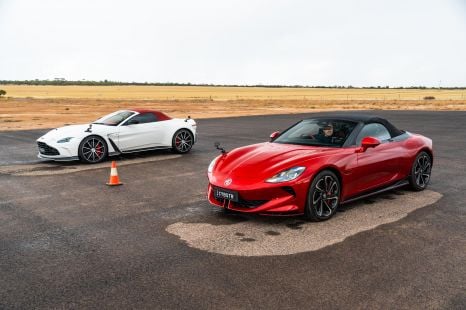

Paul Maric
6 Months Ago
302km/h in a Porsche 911 Turbo S is insanely fast for a road car, but never has it been this easy.
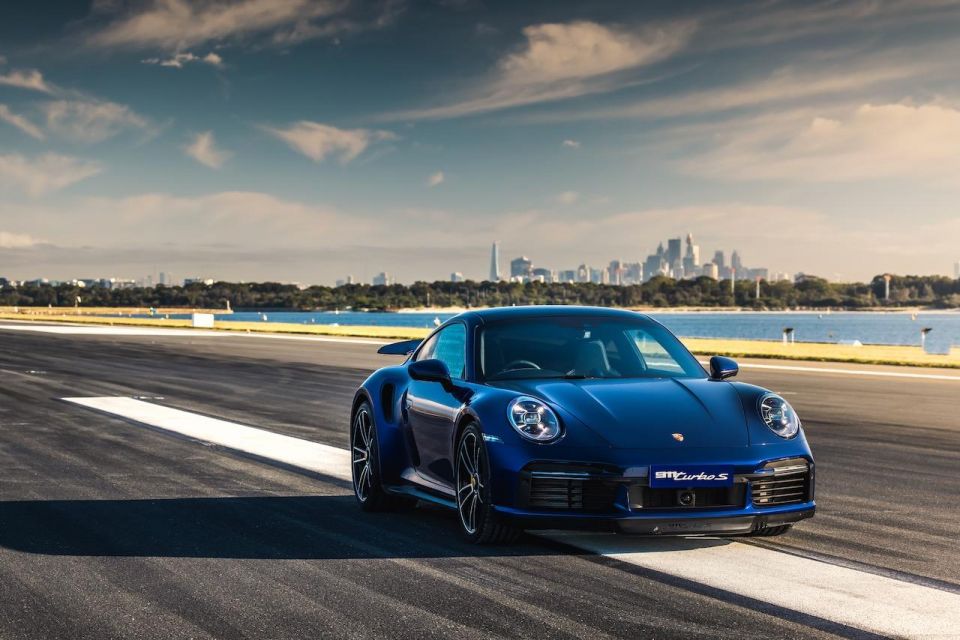
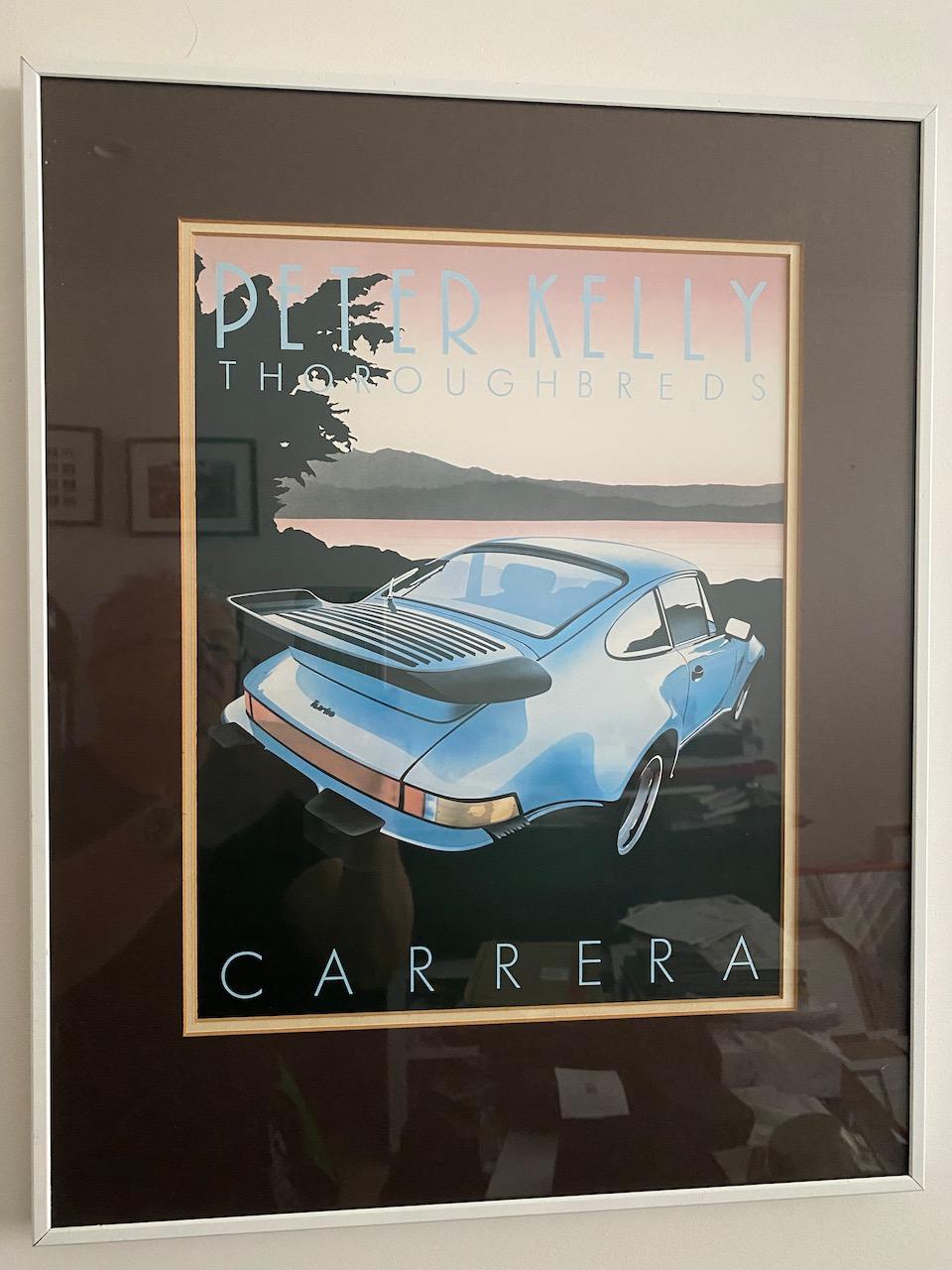

Senior Road Tester
New from
$229,100
excl. on-roads

Senior Road Tester
New from
$229,100
excl. on-roads


Senior Road Tester
New from
$229,100
excl. on-roads

Senior Road Tester
New from
$229,100
excl. on-roads
Quickly see how this car stacks up against its competition. Select any benchmark to see more details.
CarExpert does the hard work to get you the best price. No negotiating, no hidden costs, just expert help and real savings on your next new car.
I can’t exactly tell you at what age I became obsessed with the Porsche 911, but I reckon it was the late ’60s or early ’70s when I received a framed Peter Kelley Thoroughbred Print entitled Carrera.
I was eight years old.
The image was of the rear three-quarter of a 930 Turbo. You know, the big daddy of all 911s, if not all supercars of the day. It was manufactured from 1975 until 1989 and known on the street as the 911 Turbo. It started its life with 3.0-litre single-turbocharged air-cooled flat-six motor which grew to a 3.3-litre displacement from 1978.
With its hallmark beefed-up rear guards and distinctive whale tail it was easily one of the coolest supercars of its day, as well as one of the fastest production cars on the planet.

The 930 Turbo remained an elusive dream car for more than 30 years. But as luck would have it, I found myself at university in the United States and somehow ended up driving a 1970s-era 911 T with a 3.0-litre engine. Man did that thing go hard, up and down the Pacific Coast Highway from Santa Monica to Malibu Beach until we ran out of petrol money.
Still no full-blown 911 Turbo seat time, though. Not until January 2016, at the famous Kyalami Circuit in South Africa, when I was there to track test the 911 Turbo and Turbo S models.

It wasn’t just the acceleration that blew my mind, it the sheer pace at which it could lap the track and keep up (or pass) the GT3 RS pace car, despite the latter’s significant weight advantage.
Extraordinary, the track didn’t seem to faze the heavier Turbo – it still carried huge speed into the faster corners, or any corner for that fact. And to think we drove to the circuit from our hotel in Johannesburg and back again in luxury thanks to its superb ride comfort on what were deplorable roads.
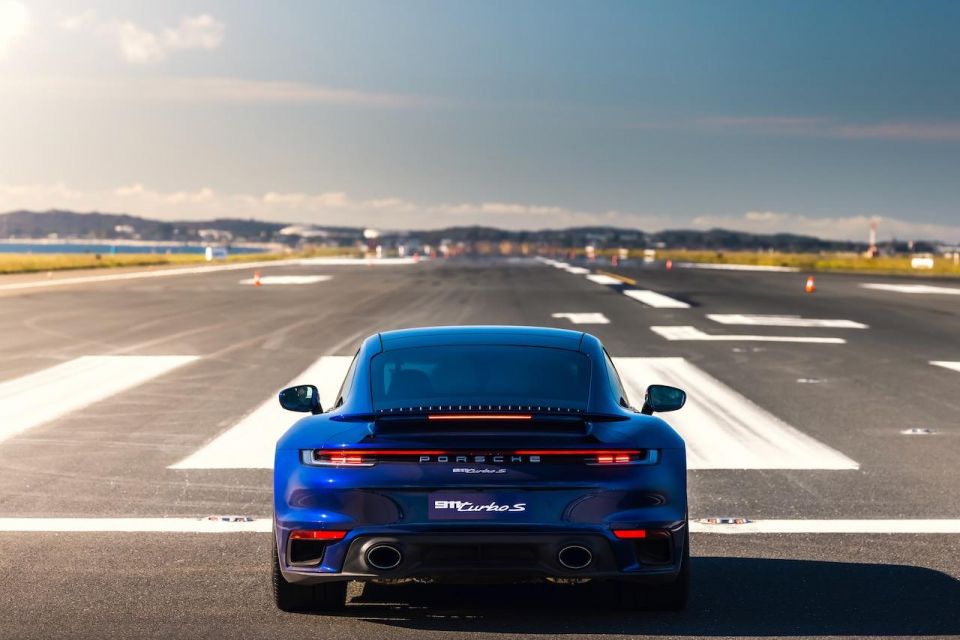
When I got the call from Porsche Australia some four years on and was asked if I’d like to punt a new 911 Turbo S down a runway at Sydney Airport, well, “that’s definitely something I’d be interested in” was my immediate reply.
The COVID-19 pandemic has clearly opened up some unique opportunities given the effective closure of international air travel (bar those Australian residents trying to return home) and reduced domestic travel until all state borders are once again open.

In normal times Sydney Airport is the Australia’s busiest, boasting 44 million passengers and more than 300,000 flights annually across all three runways. But with flights down 97 per cent in 2020, the possibility arose for some high-speed work in Porsche’s latest, greatest Turbo.
Porsche claims the green light for the event was the result of more than four months of planning and negotiations, with significant security measures in place given how tightly guarded airports are.
Runway 16L/34R and its 2.2km distance was to be the slice of Sydney Airport dedicated to this once-in-a-lifetime event, along with some dizzying top end speeds. At least, that was the goal.
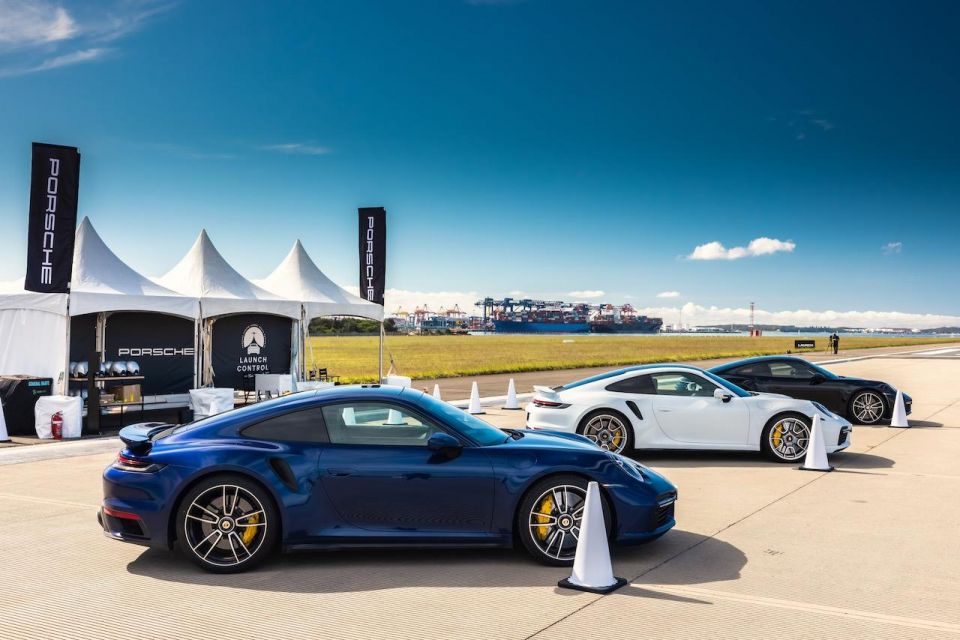
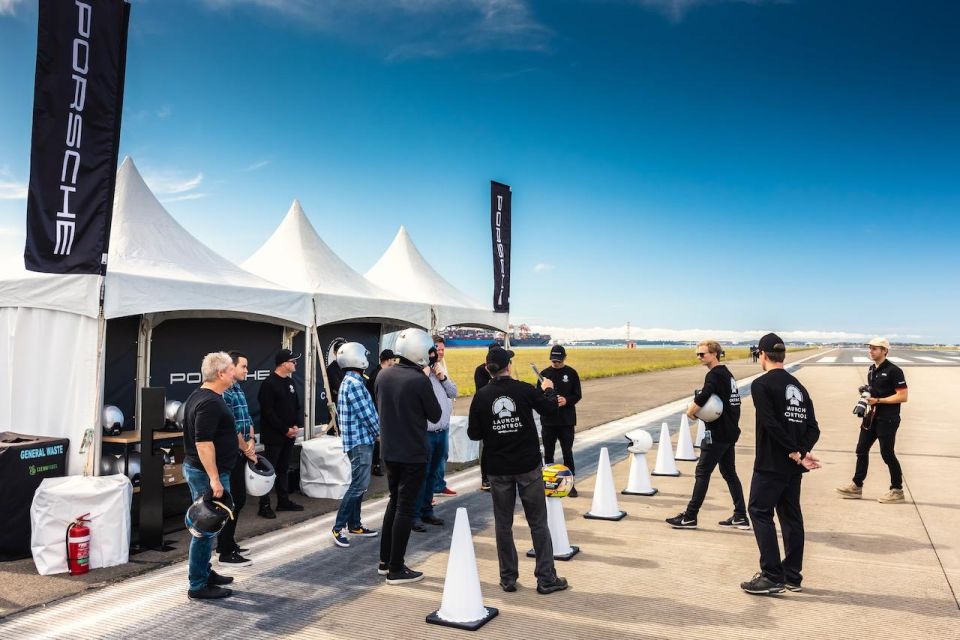
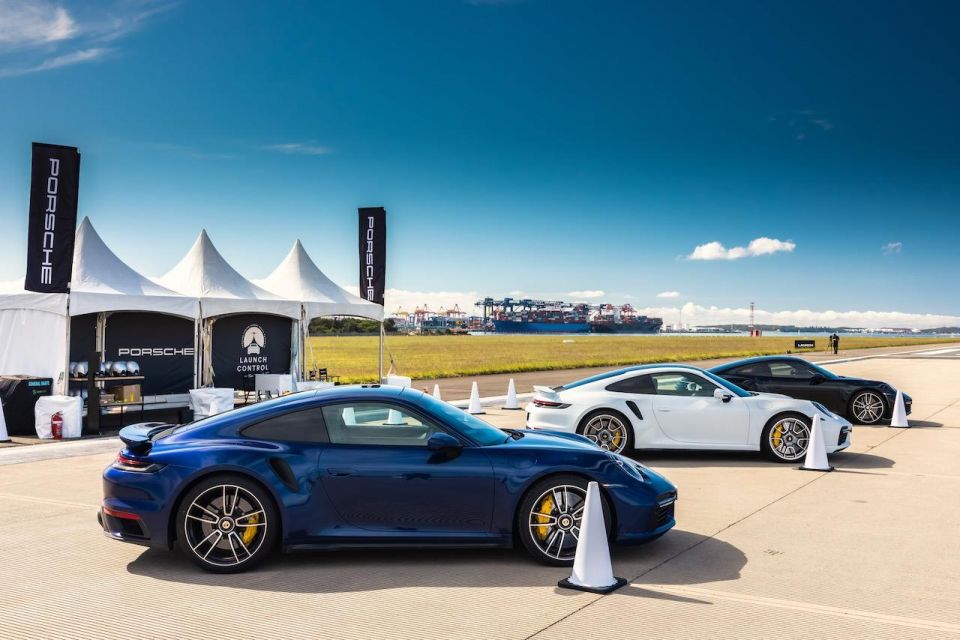
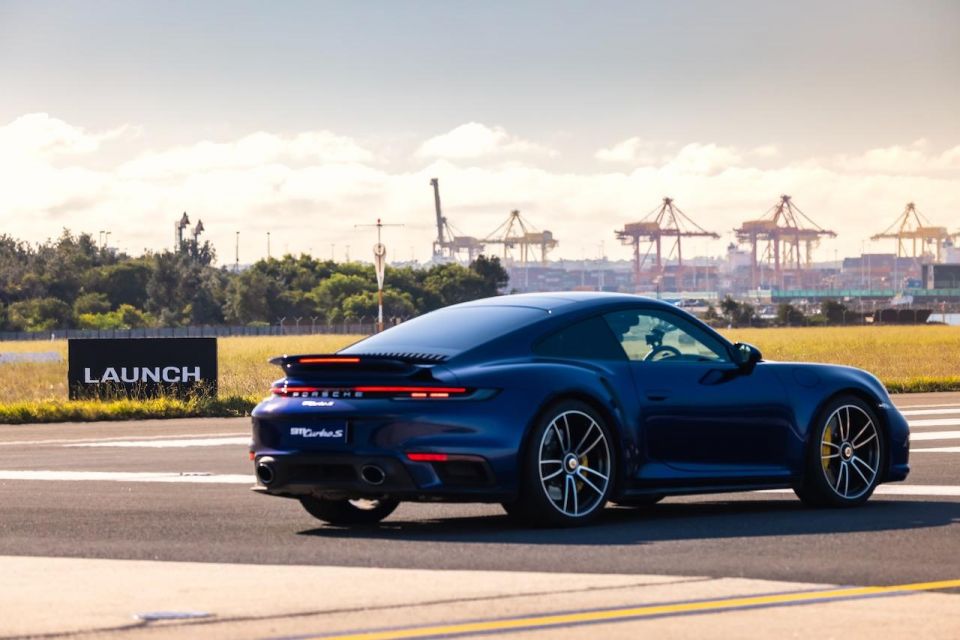
It might be a new model but rest assured, the 2021 Porsche 911 Turbo S is still the ultimate expression of the 911 for daily drivers and the flagship of the line-up, notwithstanding limited-edition exotics like the Speedster or GT2 RS.
Priced from a whopping $473,500 before on-road costs and options for the coupe and climbing to $494,500 before on-roads for the 911 Turbo S Cabriolet, it’s big bucks by any measure but significantly less than the equivalently armed, but slower out-of-the-blocks McLaren 720S Coupe and Spider ($509,000 and $567,000 respectively).
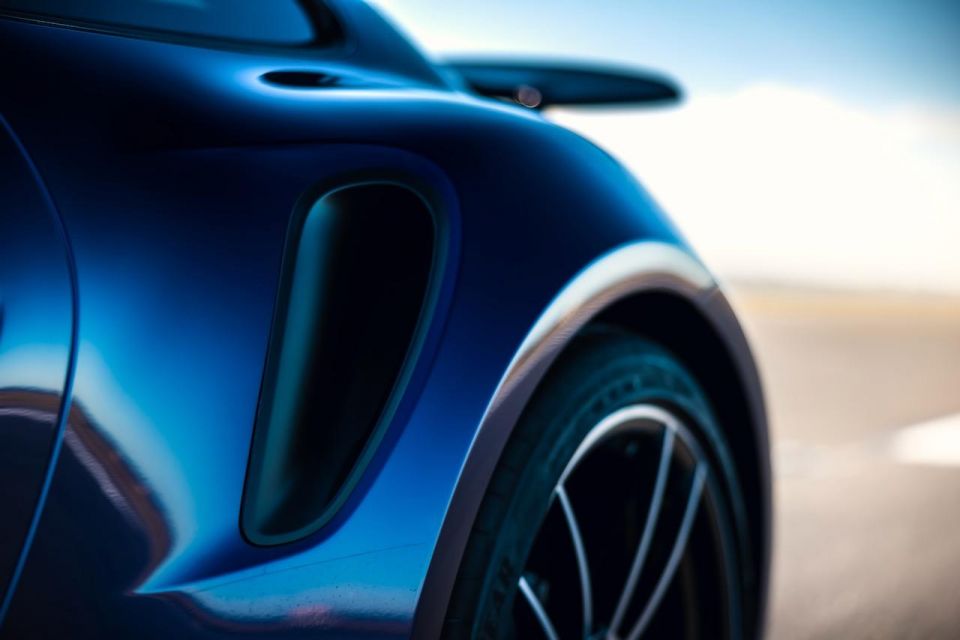
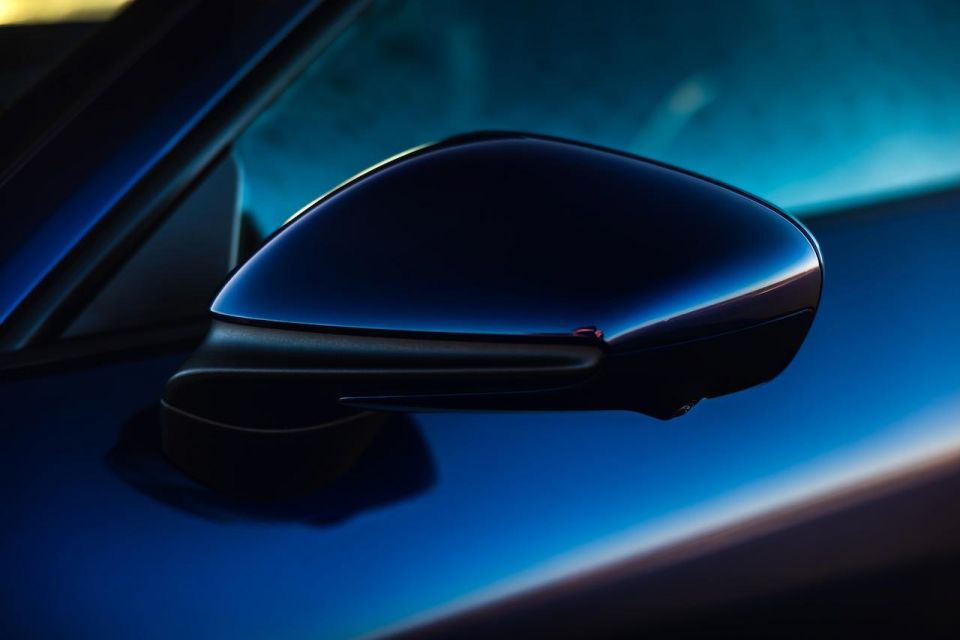
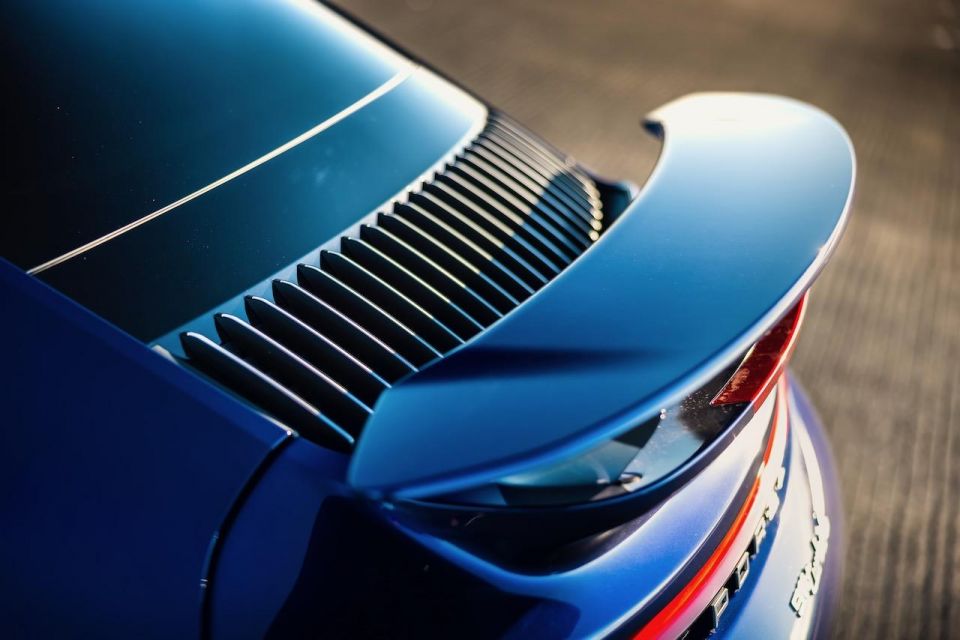
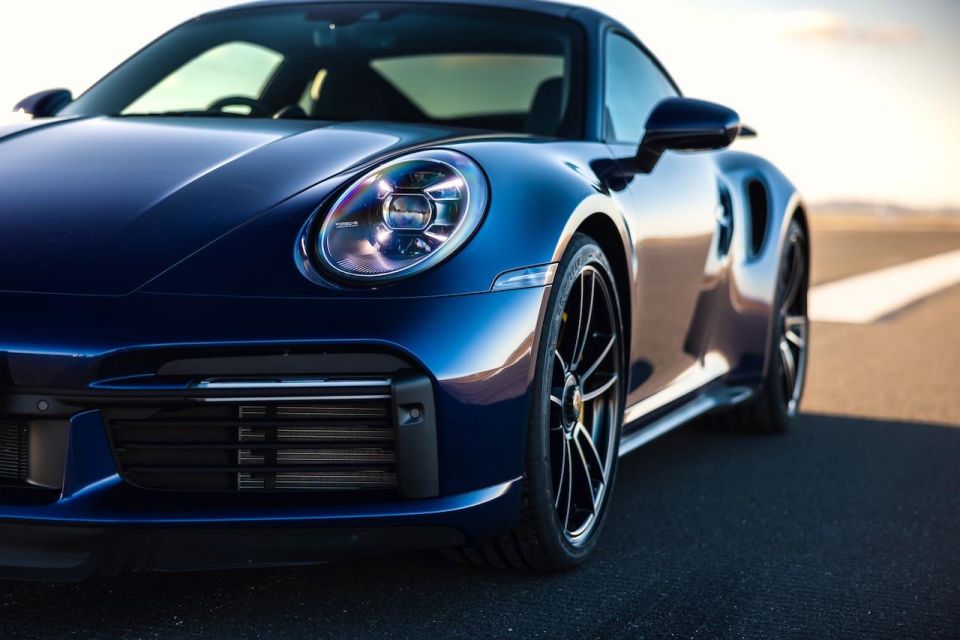
The heart of Porsche’s new 911 Turbo S is its rear-mounted 3.8-litre flat-six boxer engine, which produces a colossal 478kW of power and an outlandish 800Nm of torque (and up 51kW and 50Nm on its predecessor).
Sprint times for the Turbo S are often said to be understated from Porsche. In this case 0-100km/h flies by in a mind-blowing 2.7 seconds, while 0-200 takes a claimed 8.9 seconds.
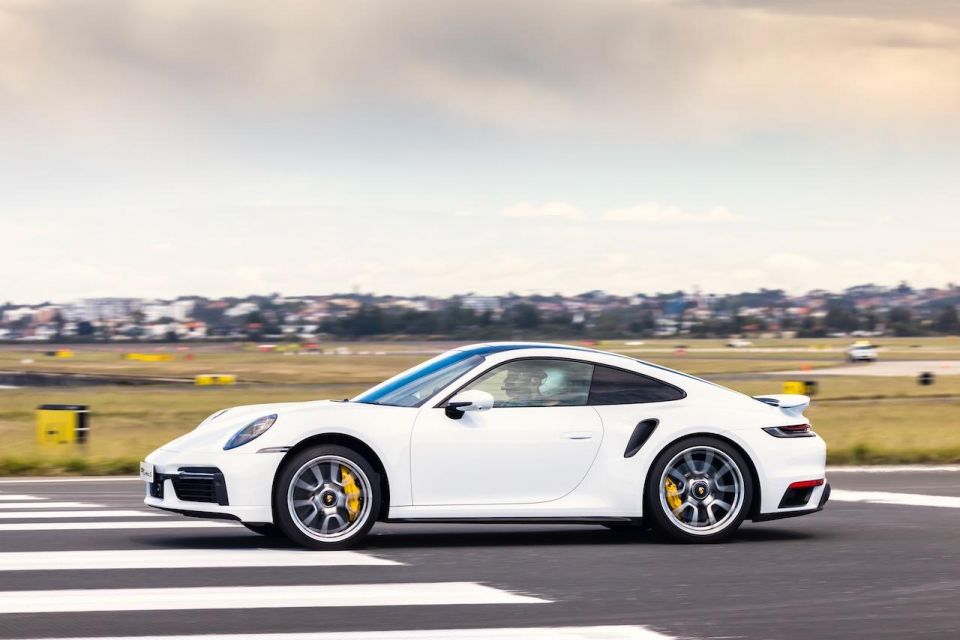

Not being familiar with all the specs prior to launch day, I was understandably relieved to see the huge 420mm carbon ceramic front brake rotors with laughably-large 10-piston calipers hanging off them. The rear brakes aren’t too shabby either – try 390mm.
The briefing was simple enough. Two runs from north to south, both in the same direction. I chose the white car given my own 911 is the same (2013 991 Carrera S – it’s a classic as Alborz and Paul keep telling me), thinking it might bring me luck in my attempt to crack 300km/h on the second run, as the first was to be a 0-400m dash using launch control.

No sooner than I had arrived at the makeshift marquee at the start of the runway, I was called up with helmet donned. Once I set the seat position to exactly where I wanted it, I simply had to remember the right launch sequence. Foot on the brake (hard), into Sport+, engage drive, hit the boost button inside the drive-mode dial, floor the throttle, let go the brake. Boom. Blast off.
It’s a hard launch at 5000rpm when you release the brake pedal as quickly as possible before the eight-speed PDK transmission takes the reins proper.
Usually we do kind of stuff on a closed road or an autobahn but the sheer size of the runway means you can’t see the end, and the haze and gradient is quite intimidating.
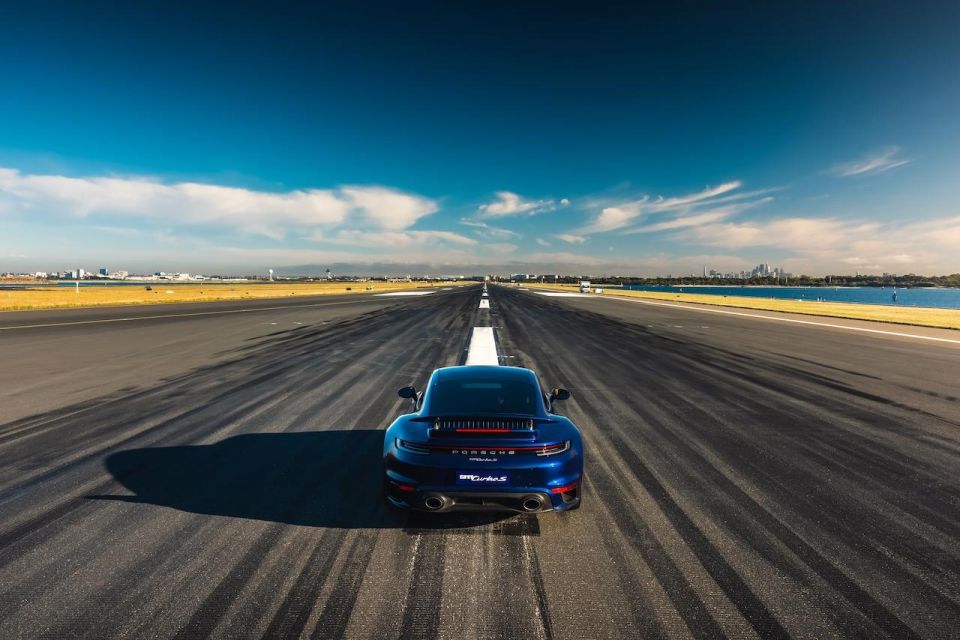
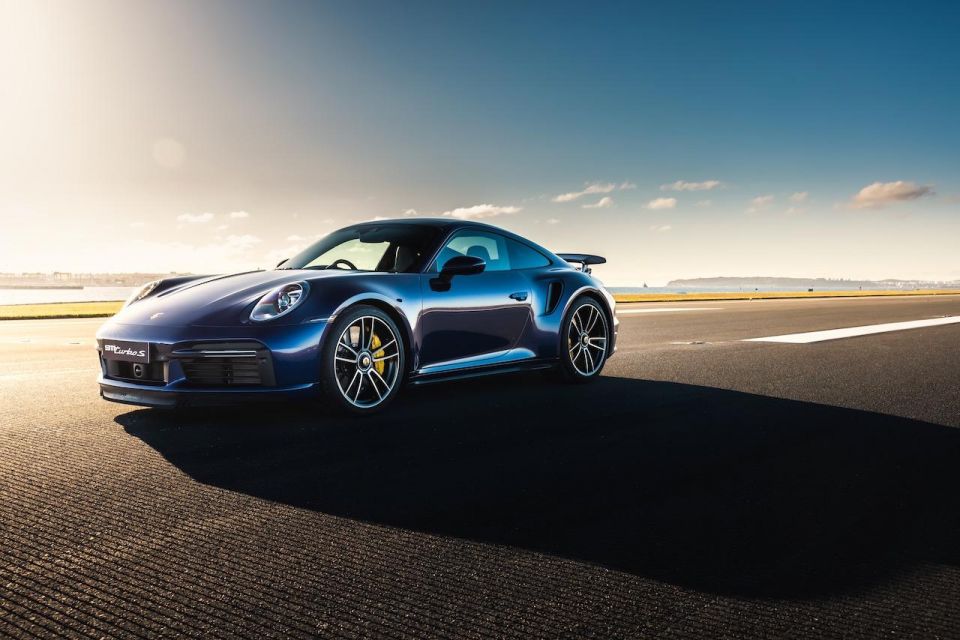
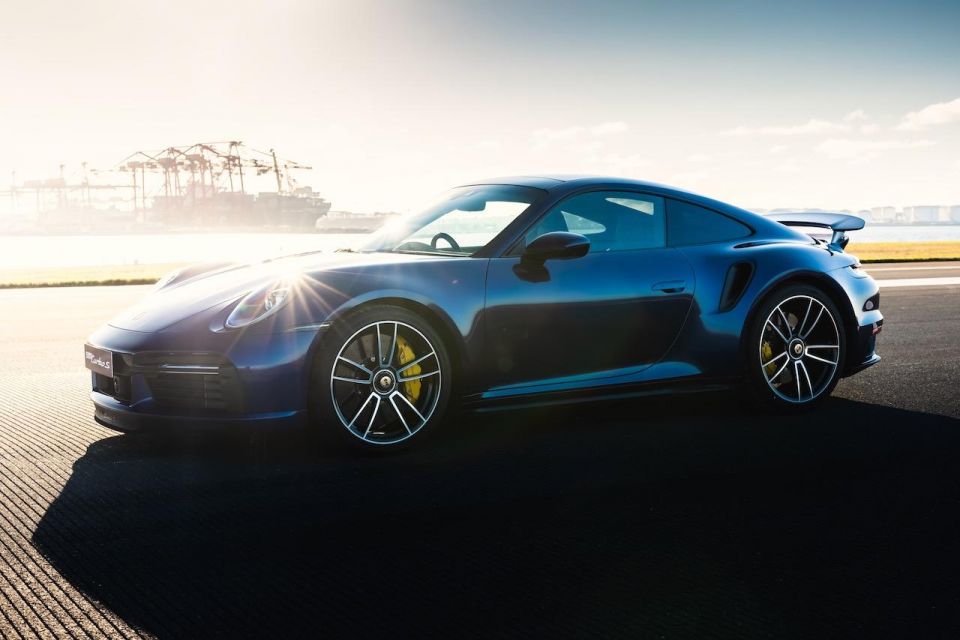
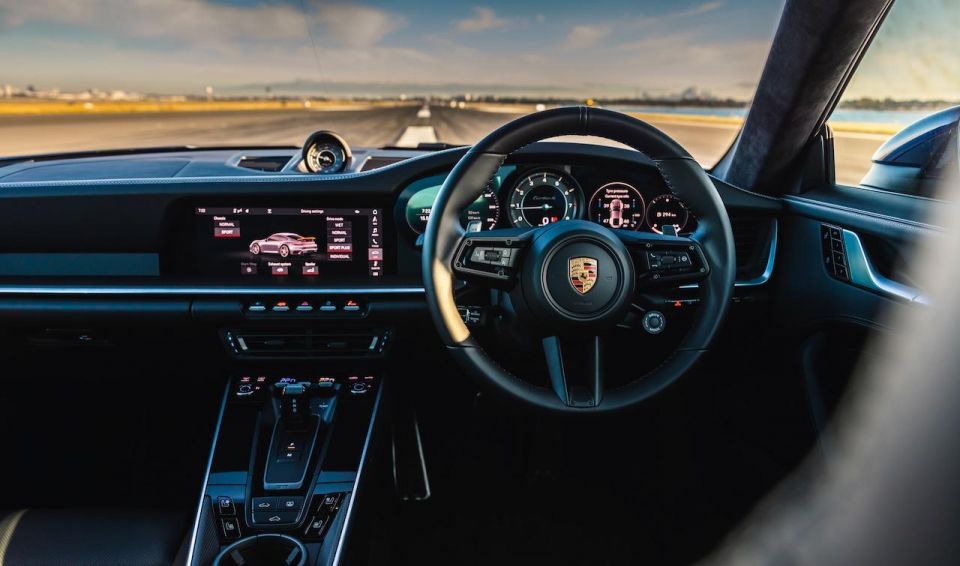
There was a slight moment as the tyres grappled with the tarmac before it settled, along with a moment when the assault manifested into a momentary recalibration of my primary motor cortex. Both were assaulted with equal ferocity.
Despite doing the same thing in the original Bugatti Veyron 16.4 back in 2008 – a car which claimed 0-100 in a staggering 2.5 seconds – the Turbo S felt quicker to 60km/h. The throttle response is staggering, but with utterly smooth shifts from the PDK.
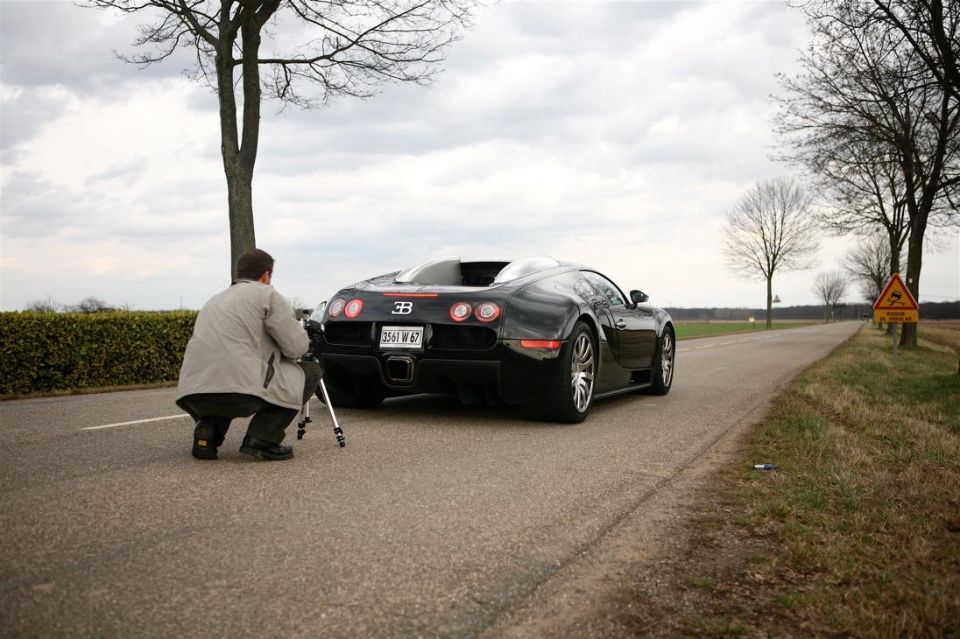
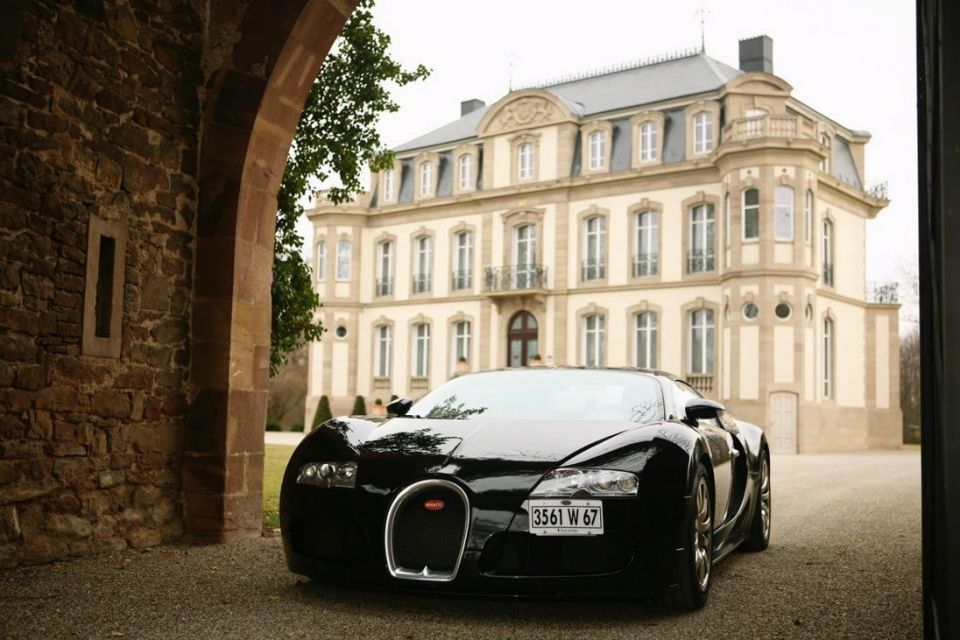
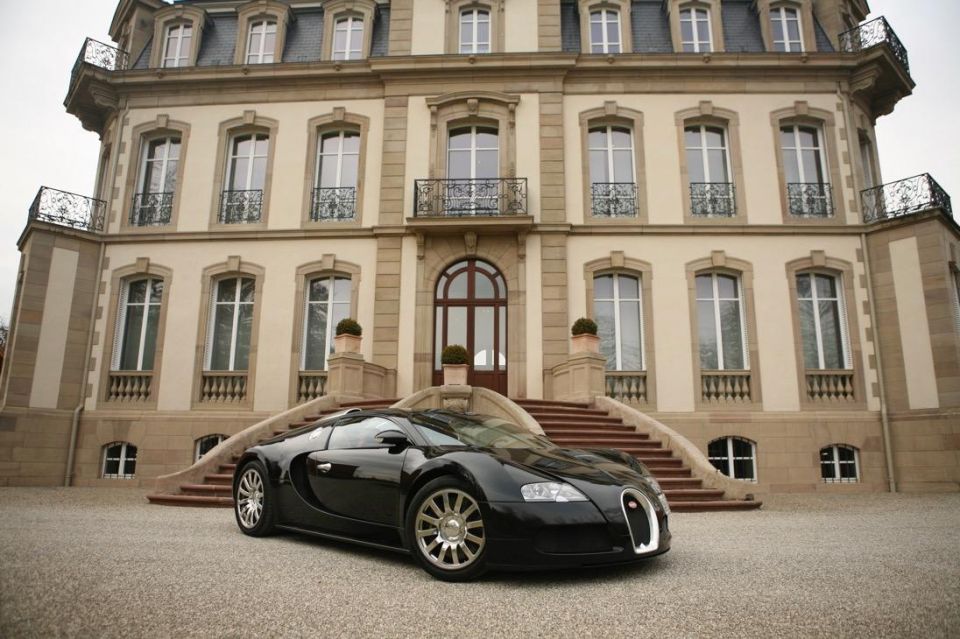
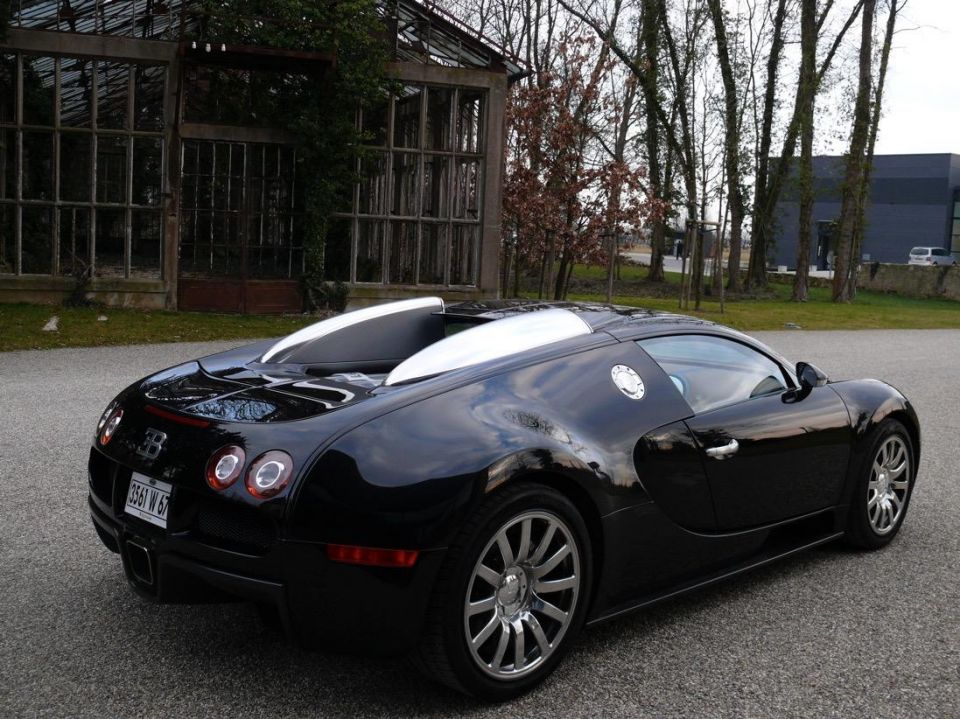
Because the goal was to hit 300km/h or more in around one kilometre, the second flat-out run was to be a relatively gentle rolling start at around 20km/h.
The only change to the setup was to engage Sport rather than Sport+ so the car would deploy reduced active aero settings for less drag. Good. Now I’m more confident of breaking the 300km/h mark.



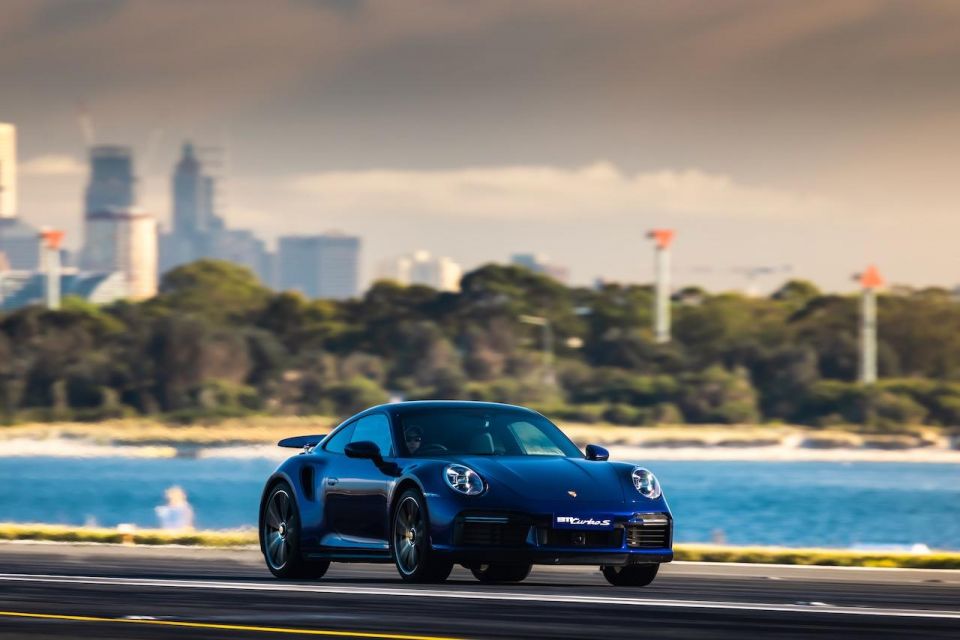
I’m pretty sure I was using three times more force on the throttle than was required to pin it to the floor, but there’s nothing like certainty to build confidence. At some point around 255km/h time started to slow for me and my body relaxed until we hit 302km/h, where I immediately lifted off before applying solid brake pedal pressure.
It’s a bit worrying when you can’t quite make out the end of the runway for heat haze and sheer width of the tarmac but hell, you just keep your right foot in.
Funny, but at the same point where I felt I had all the time in the world to glance down at the speedometer, it was at that time when I also marvelled at just how effortless the run had been and how pleasantly comfortable the 911 Turbo S was. \
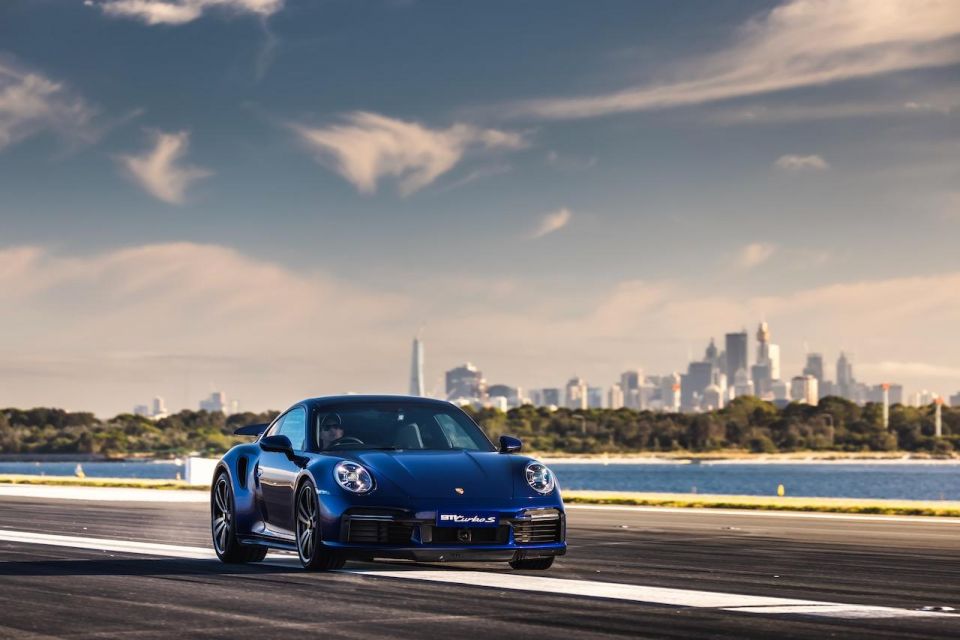
Then, that’s the 911 across the board. It’s the ride/handling balance that’s simply unrivalled in the supercar world.
And, it still is. Long live the king.
CarExpert does the hard work to get you the best price. No negotiating, no hidden costs, just expert help and real savings on your next new car.


Paul Maric
6 Months Ago
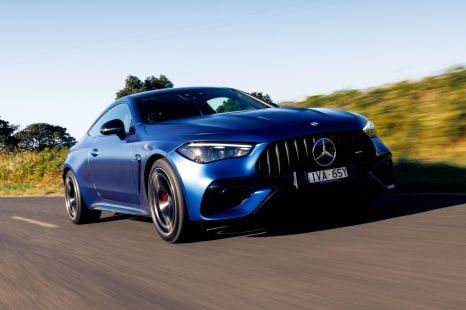

Josh Nevett
5 Months Ago
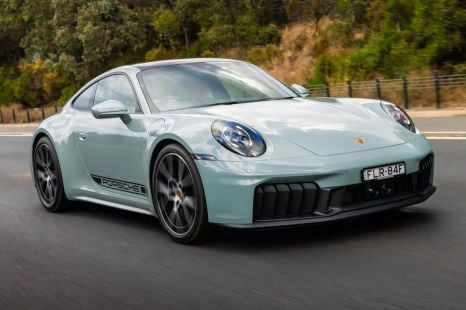

Alborz Fallah
4 Months Ago
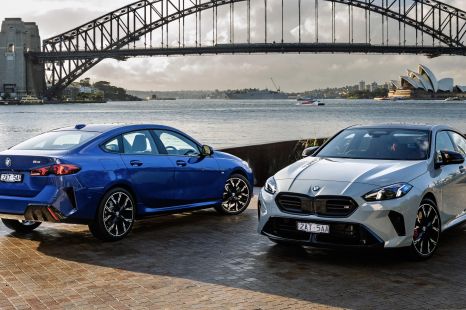

Max Davies
3 Months Ago


William Stopford
21 Days Ago
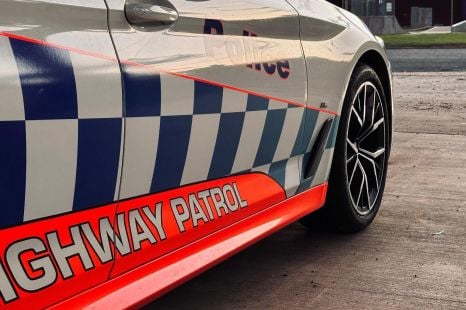

CarExpert
19 Days Ago